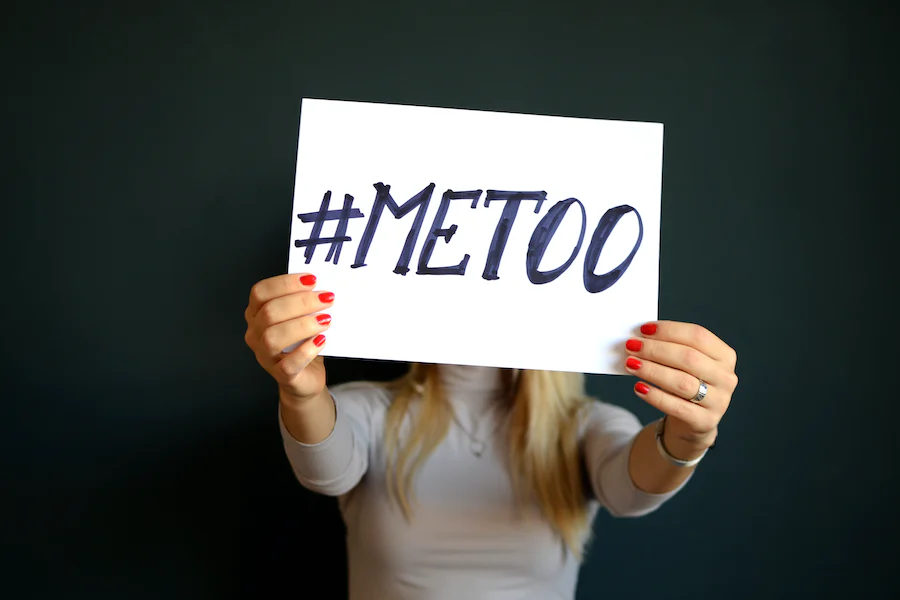
The #MeToo wave unveiled an avalanche of serial sexual harassers, painting a bleak picture of corner offices across the globe. But just how rampant is workplace sexual harassment? Delving into the statistics presents a maze of ambiguity.
There is no official census tallying sexual harassment complaints, and we lack large-scale surveys with clear-cut questions about harassment rates. Current data hinges largely on voluntary respondent surveys, and their outcomes can vary wildly based on the question's phrasing and the respondent demographic.
U.S. figures underscore this variance. A review by the Equal Employment Opportunity Commission Task Force sifted through extensive research and came up with a startling range: the rate of harassment faced by women in the workplace lies anywhere between 25% to 85%. That's a far cry from a clear-cut answer.
So, why the ambiguity in these numbers?
First, the term 'sexual harassment' might seem clear-cut, but there is a lack of unified definition in studies probing its prevalence, making it a topic rife with shades of grey. Broadly, sexual harassment is understood as unwelcome conduct related to sex or gender. This can span from behaviors overtly sexual to those showcasing gender-based animosity. The spectrum is vast: from grave crimes like rape and assault to workplace dynamics where job perks are tied to sexual favors. But there are also milder forms, perhaps a misjudged romantic advance, an off-color joke, or even a seemingly harmless compliment. While such actions might not always be deemed harassment in surveys, nor meet the strict legal benchmarks, they still contribute to the broader conversation.
Second, eliciting sexual harassment is not simple. Some surveys leave it to the respondent's interpretation, not defining sexual harassment, while others provide explicit definitions. There are surveys which roll out a checklist of behaviors, asking respondents to identify their experiences. The scope varies too: some focus solely on workplace incidents, others cast a wider net. And then there is the matter of timing. While certain surveys look at experiences within a specific frame, like the past three months or a year, others leave it open-ended. This tapestry of methodologies underlines the challenge in understanding the true extent of sexual harassment.
Third, surveyed populations differ: some tap into probability samples, while others rely on more specific groups like students or industry-specific employees. The US government, for instance, has zeroed in on federal workers and military personnel, revealing significant harassment rates. However, these unique work environments might not mirror the broader societal experience. The General Social Survey, spanning from 2002 to 2022, presents a contrasting picture with notably lower harassment rates. Meanwhile, targeted or "convenience" sample surveys often report higher rates, but their findings might not paint an accurate portrait of the larger community. In the maze of sexual harassment data, the varied populations surveyed play a pivotal role in the results we see.
The absence of a consistent, tried-and-true approach leaves us grappling with foundational questions: Is workplace harassment rampant or an outlier? Has the powerful wave of the #MeToo movement made any significant dent in its prevalence? In the quest for clarity, the research community confronts significant challenges.
© Joni Hersch
Joni Hersch is Professor of Law and Economics at Vanderbilt University Law School and IZA Research Fellow
Related IZA World of Labor content:
Sexual harassment in the workplace by Joni Hersch
Do anti-discrimination policies work? by Maire-Anne Valfort
Sexual orientation and labor market outcomes by Nick Drydakis
Photo by Mihai Surdu